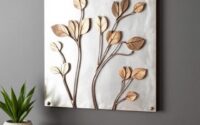Welding at Home: Beginner Projects for Interior Decor
Want to add a little metal character to your living space? With the right tools and basic skills, DIY home welding projects can become a fun way to build your own furniture and accessories. Even if you’re just learning welding for beginners, there’s a lot you can make. From interior welding ideas to useful garage builds, this hobby opens the door to all kinds of custom metal pieces. The best part? DIY home welding projects give you full creative freedom and useful skills.
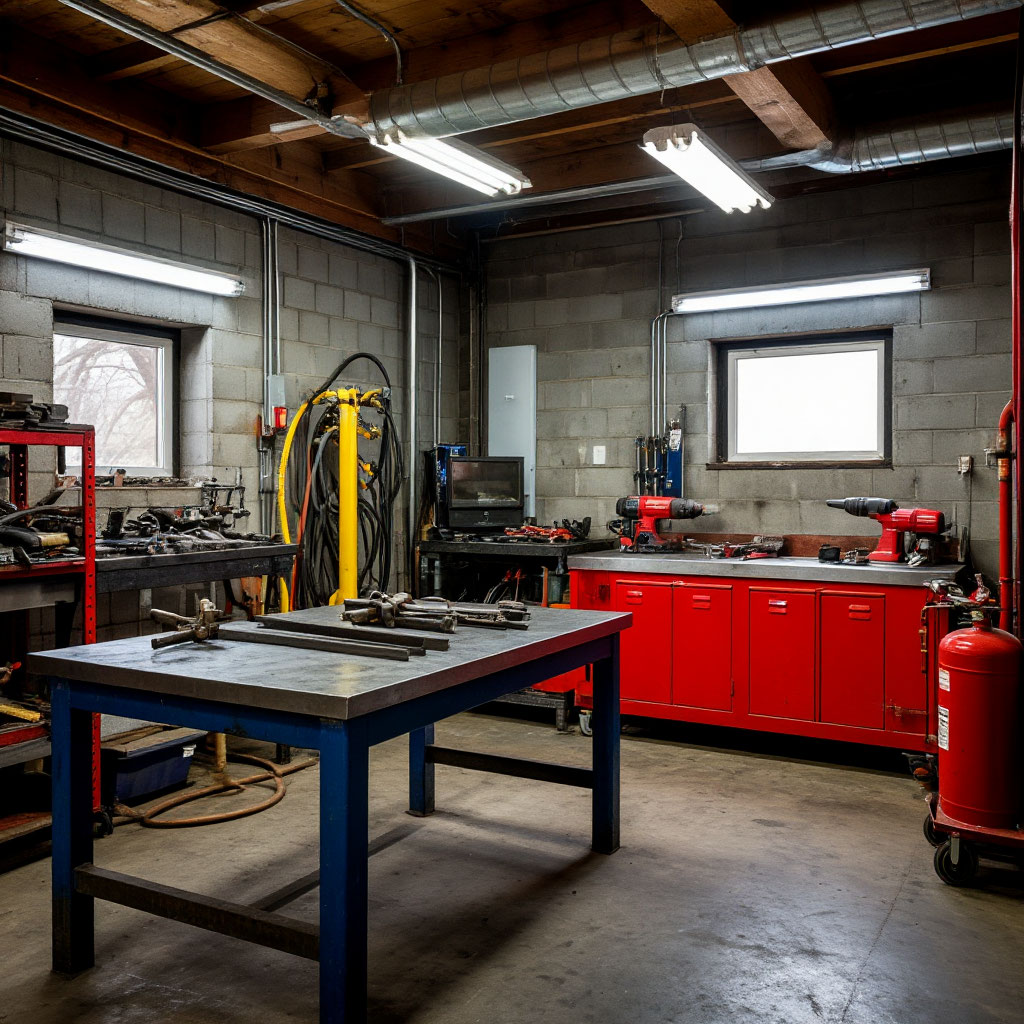
Table of Contents
ToggleCan You Weld at Home? Yes—Here’s How
It’s easier than you might think. A lot of folks are already doing DIY home welding projects without needing a fancy setup. It begins with the essentials. A small MIG welder is usually enough to begin making custom items or fixing things around the house. Many steel decor builds rely on basic supplies and a steady hand. Whether you’re into simple welded furniture or bold custom art, metalwork fits easily into any home workspace.
Learning this skill doesn’t take years. With some scrap steel, a helmet, and gloves, you can start crafting your own creations in a safe welding setup. Make sure your workspace is ventilated and clear of flammable materials. Once you lay your first bead, you’ll discover how satisfying and addictive it can be. Once you’re set up, DIY home welding projects become a regular part of your creative life.
Setting Up a Safe and Functional DIY Welding Space
Before striking your first arc, you need a reliable spot to work. A tidy, dedicated area makes everything smoother and much safer. You don’t need a giant workshop. Just a small corner that controls sparks and keeps your gear within reach.
Fire precautions matter most. Aim for fireproof flooring such as concrete instead of anything wooden. Keep a fire extinguisher close by. Sparks can travel farther than expected. Always suit up with an auto-darkening helmet, leather gloves, and a heavy jacket. Bright lights help you line up your joints clearly. Proper airflow is essential—open a door or use a fan to move fumes out.
Here’s what your setup should have:
- Fireproof flooring (like concrete)
- A metal table or surface to work on
- Bright overhead lights
- Ventilation from a fan or open door
- An ABC-rated extinguisher
These features keep your workspace prepped and safe. You’ll avoid distractions and focus more on clean, steady work.
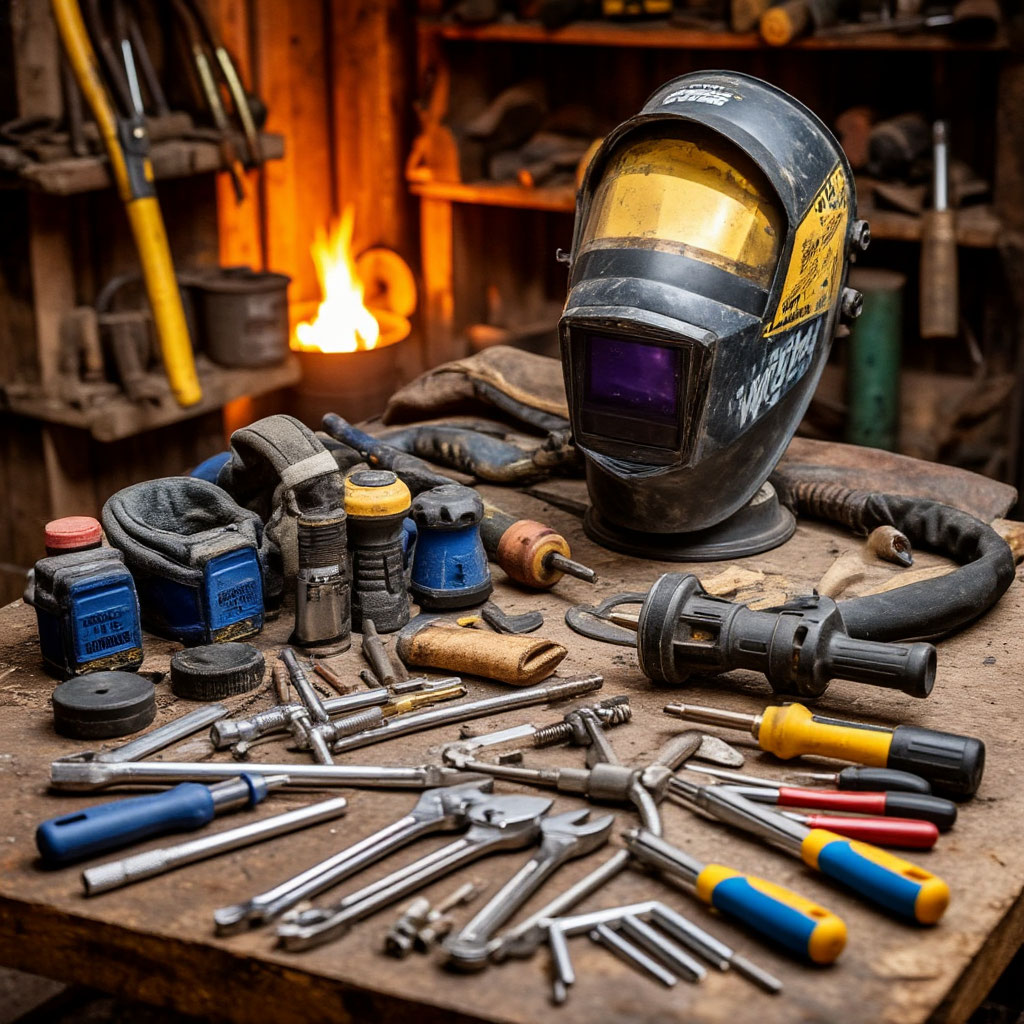
Basic Tools and Equipment for Home Welding
Getting into DIY home welding projects doesn’t have to cost a fortune. You just need a few core tools. Here’s a breakdown of what works best for welding for beginners:
| Tool | Use | Why It Matters |
|---|---|---|
| MIG Welder | Basic metal joining | Easy to use and good for most jobs |
| Angle Grinder | Cutting, smoothing | Helps clean joints and prep pieces |
| Auto-Darkening Helmet | Eye and face protection | Adjusts to light instantly |
| Clamps & Magnets | Holding metal in place | Keeps parts steady while working |
| Wire Brush or Flap Disc | Cleaning joint surfaces | Ensures cleaner joins |
MIG welding at home is by far the most beginner-friendly option. It handles thin to mid-gauge steel with ease. Plus, the learning curve is softer than with TIG or stick options. You can always level up your tools over time. For now, pick equipment that’s straightforward and dependable. When you have the basics covered, it’s easy to dive into DIY home welding projects and improve through practice.
5 Intro-Level Projects: From Plant Stands to Candle Holders
Starting small is a smart move. These builds are practical and help you build skill fast. Some of the best interior welding ideas are also incredibly simple.
Simple Metal Wall Art
A modern candle holder or geometric wall sculpture is a great place to begin. Use square tubing or thin rods to create clean lines. Sketch out your pattern, tack your joints, and add patina or paint for contrast. Once finished, it’s ready to hang. This kind of decor looks great indoors and adds a handmade touch.
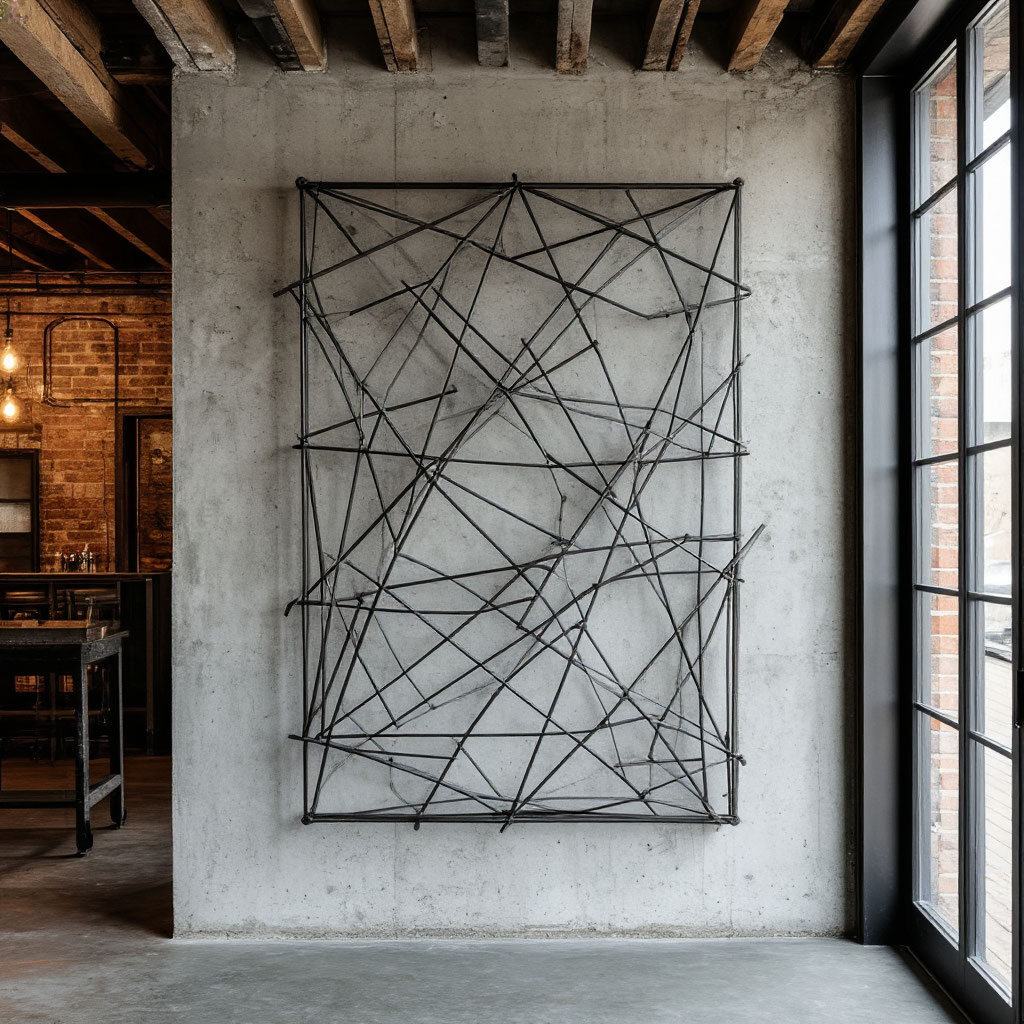
Custom Plant Stands & Holders
You could begin with a custom plant stand. Use rebar or slim tubing for a clean, three-legged frame. It fits in any room and helps you practice alignment and angled cuts. Wall-mounted brackets for hanging plants are another solid option. They teach balance and support placement.
Functional Metal Accessories
A wall-mounted coat rack from flat steel helps practice spacing and working with hooks. Use scrap flat bar and weld supports for hanging bags or jackets. You can also try welding small wine racks or tool holders. These pieces are functional and stylish. They’re perfect for practicing cleaner joins.
Here’s a quick project list to try:
- Tripod plant stand
- Candle holder with vertical supports
- Geometric wall design from thin rods
- Flat bar coat rack with hook extensions
- Mini table base using angle iron and wood top
You’ll improve precision, understand part alignment, and get more comfortable with heat control. Each item teaches new handling techniques. Use these smaller tasks as stepping stones into bigger DIY home welding projects.
Tips for Clean Welds and Safe Metal Finishing
A few good habits go a long way in this craft. Start by prepping every piece. Dirt, paint, or rust weakens the joint. A grinder or wire brush clears surfaces quickly and makes for better results.
Next, fine-tune your machine. MIG welding at home lets you adjust voltage and feed speed. Use your welder’s chart for guidance. If your seam sits high or burns through, tweak your settings. Move the torch at a steady pace. Avoid rushing—slow and steady gives solid, neat lines.
For better alignment, grab magnets or corner clamps. They help hold your parts in place. Angle the gun slightly—10 to 15 degrees is ideal. After finishing a pass, let it cool down fully. If you want a polished look, grind your seams and finish with a sanding disc.
Stick to clean, dry steel—especially when working on interior welding ideas like racks or shelves. Seal your finished pieces. Paint or a clear coat helps prevent moisture damage and brings out the metal’s character. These tips will give you better results on your DIY home welding projects.
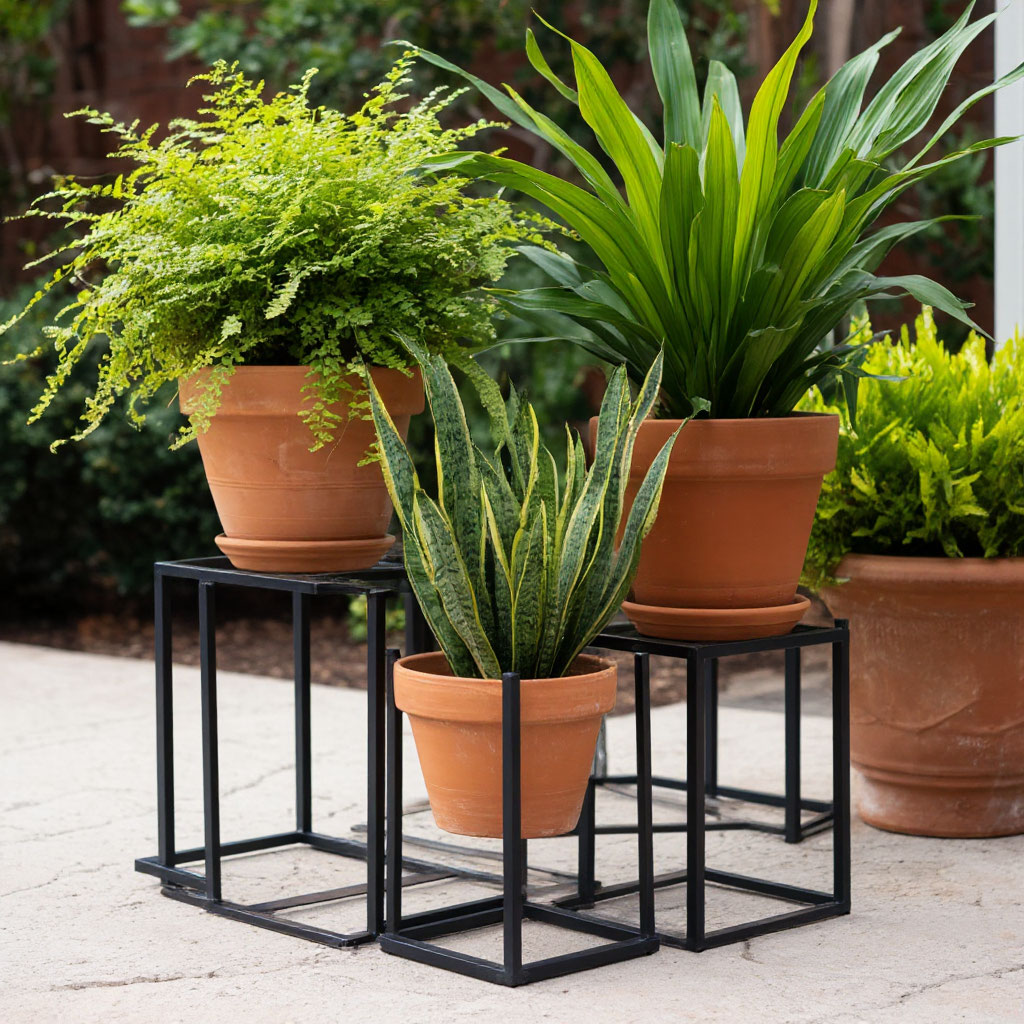
When to Use MIG vs TIG for DIY Home Decor
Both welding types have their benefits. Most folks doing DIY home welding projects will lean toward MIG. It’s faster and easier to learn. MIG is perfect for most steel decor builds and indoor use.
TIG, on the other hand, is more exact but takes longer to master. It works well for aluminum or when clean, thin seams are needed. Choose TIG for delicate wine racks or sleek bar setups. MIG is better for simple welded furniture like tables or stands.
If you’re shopping for welding tools for hobbyists, MIG is a solid starting point. It’s budget-friendly and simple. As you gain confidence, you can explore TIG to create smooth, stylish finishes.
Just remember to keep safety at the forefront. Both styles require good gear and airflow. Choose based on your goals, tools, and how much time you’re ready to spend learning. Whether you’re making furniture or accessories, DIY home welding projects let you choose the style and process that fits best.
DIY home welding projects go beyond casual crafting. They give you freedom to design one-of-a-kind metal pieces for your home. Whether you’re drawn to simple welded furniture or flashy metal home accessories, each joint adds your personal touch.
With a safe welding setup, a few tools, and some trial and error, even a first-timer can build cool steel decor builds. Begin with basic interior welding ideas like shelves or hooks. Then branch into larger items as your technique sharpens. MIG welding at home makes these projects totally accessible. Add new builds regularly and grow your list of DIY home welding projects as your confidence improves.
Keep at it. Everyone starts somewhere. Once you get comfortable, you’ll be spotting flaws in store-bought seams and thinking, “I could’ve done it better.”
Related Posts
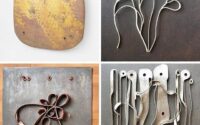
Upcycling Metal: Creative DIY Projects Using Scraps and Leftovers
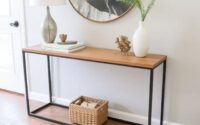
How to Build a Modern Metal Console Table (Step-by-Step Guide)
